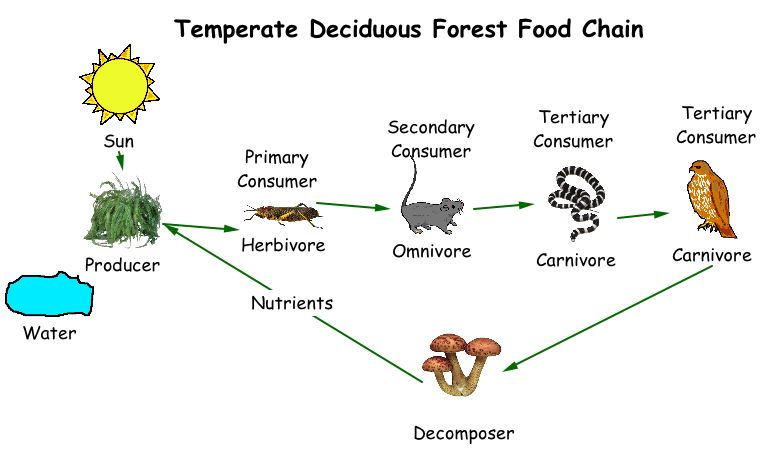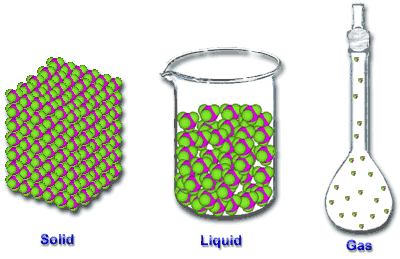
My sister asked me to differentiate between Autotrophs and heterotrophs and tell her about the food-chain. Here goes!
Every organism needs energy to survive. This energy is provided by the Food it eats. The food that it consumes is broken down into simple components called 'Nutrients' which are used by the Body to function properly. 'Nutrients' may be Carbohydrates, Fats, Vitamins, Minerals, and so on, as we shall see later.
Have you ever observed the creatures in a pond? Or in a Forest or Savanna?
Let's be-gin with the Pond. There are tiny, little, mostly photosynthetic creatures called 'Plankton' that float freely in the Water. These are eaten by the Small fish. The Fish gets eaten by a Bigger fish. The Bigger fish gets eaten by a bird of prey, like an Eagle. You may have heard this line, "Big fish eats small fish". That's that!

Here's the big-fish-eats-small-fish theory!
Similarly, in an African Savanna, as many of you have seen on "Animal Planet", the fleet-footed Gazelles eat the Lush-green grass. They are hunted down by Lions or Hyaenas or Other Carnivores.
The environment has two components- Biotic and Abiotic. The Biotic component is made up of Autotrophs and heterotrophs.
At the bottom of the "Food chain" are Plants, which are also called "Autotrophs". "Auto" means "Self", and all of us know that Plants make their own food by the process of Photosynthesis, in the presence of Sunlight and Chlorophyll. Hence, Plants play a very important role in the "Food Chain". Practically, no life can exist on the Earth without plants. We shall discuss photosynthesis later.
Heterotrophs are those Living things which depend either upon plants or upon other Living things for Nutrition. A deer is a herbivore, but it is a heterotroph, since it needs Grass, Leaves and shoots to Eat and obtain energy. A Carnivore animal like a Lion, Tiger, Wolf, Puma or Leopard eats the deer and other herbivore prey. They are also heterotrophs. "Hetero" means "Others", in simple terms.
So, what's a "Food Chain", after all that we've spoken about? Any ideas from the Cartoon above? And the one below?

Well, the basic motive behind "Eating" is "Obtaining energy". So, this "Food Chain" is a kind-of hierarchy, which determines "Who-eats-who-to-survive".
Down to the Science: It is a representation that tells us the direction in which Energy is transferred, in a particular Ecosystem.
Lets see what Wikipedia says about the Food chain:
A food chain/web is a linear sequence of links in a food web starting from a species that are called producers in the web and ends at a species that is called decomposers species in the web.
Because, ultimately, the Top Predator will eventually die and decompose, the Food Chain always ends with the Decomposers, which are Microbes like Bacteria, fungi and a Few protozoans.
A "Food Web" is a system of food chains which are interlinked. Check this out...
-Love.


Here's a Food web:

